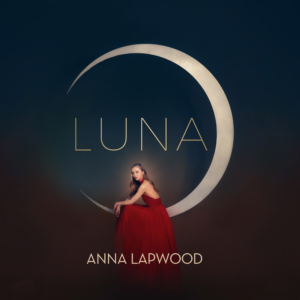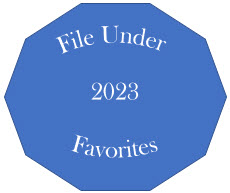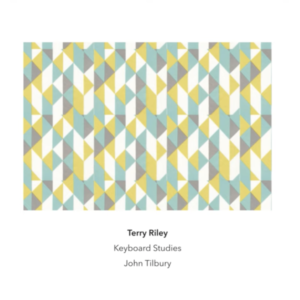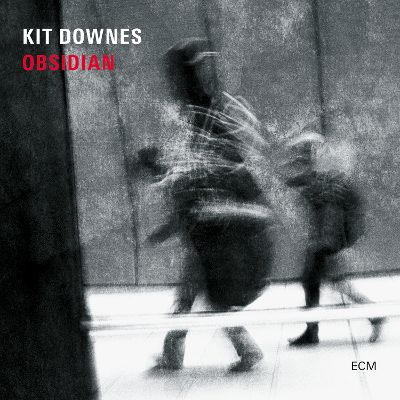
Cold Blue Music has announced the release of Plain Songs: “Love Comes Quietly”:(after Robert Creeley), a new CD album by composer Peter Garland. As the title explains, Plain Songs consists of seven movements of pipe organ music inspired by the poetry of Robert Creeley. The album artfully blends the simple plainsong traditions of the early church with the later development of the pipe organ. Peter Garland is quoted in the liner notes: “I wanted to write an organ piece that would be intimate and mostly quiet, emphasizing the nature of the organ as a wind instrument capable of long, sustaining tones. I wanted the musical textures to be open and transparent.” Organist Carson Cooman commissioned this work and here performs Plain Songs, including the selection of stops that create the textural and timbral context for each movement.
The historical form of plainsong is the chanted liturgy of the early Western Church and by the ninth century was the prevailing form of music sung in the Latin Mass. It is monophonic, unmetered and typically unaccompanied, yet the emotional force of plainsong chant remains undiminished over the centuries. The later development of the pipe organ adds the possibilities of harmony, color and nuance to church music. From venerable musical materials, Garland has brilliantly created a powerful work that quiets the restless soul.
“Movement 1”, the first track of the album, immediately demonstrates how Garland has artfully mixed the historical traditions of plainsong and pipe organ. The piece opens with a range of soft, flute tones, starting deep in the bass register and rising upwards into the treble. The tempo is deliberate and the notes are generally sustained, creating an engaging series of slowly changing harmonies. The feeling is introspective and reserved; there is none of the fancy keyboard technique from, say, the Baroque. “Movement 1” could be a comforting prelude to a memorial service. In much of Plain Songs the pipe organ is acting as a synthesizer with the graceful unfolding of beautiful chords that vary in timbre and color.
“Movement 2” has a sunny feel with the notes heard primarily in the higher registers. The chords are thinner and the sounds are sharper, suggesting a sense of purpose. There is more boldness in the stop selection. Again, there are no fast tempos or complex technique; this music moves within a more restrained perspective. “Movement 3 – Variations on ‘Lament on the Death of Charlemagne” has an early medieval feeling. There is more movement in the notes and the suggestion of a warm melody in the middle registers. A soaring, repeating phrase breaks out above – like an arcing ray of light blazing across the moving melody below. A suitable tribute to the first Holy Roman Emperor.
The other tracks follow a similar pattern – moderate tempo, solid chords and engaging timbral variations. “Movement 4” brings a light, refreshing feel with sharp, bright chords in the middle registers. Darker notes below make for a good contrast but overall there is a sense of confidence and hope. Towards the middle of this movement the entry of flute stop tones thins the texture while adding new forward energy. A return to the opening timbral mix completes the piece with a satisfying structural closure. “Movement 5 – The Maze of Longing” features a procession of high, bell-like tones with an independent string of lower notes in gentle counterpoint below. The result is both comforting and hopeful. “Movement 6” begins with a series of broadly rising arpeggios that evoke the image of summer flowers reaching to the sun. The arpeggios then reverse direction, falling in pitch to create a more reserved and introspective feeling. The moderate tempo and rhythms propel the piece resolutely forward, but without haste or stridency.
“Movement 7 “Stone./ like stillness” completes the album with solid chords forming a declarative melody. There is a noble feeling to this and a sense of royal presence. At times the sounds even suggest a bright fanfare. Strong notes in the lower registers add a foundation of gravitas while flute tones in the upper registers add to the regal feeling. The last half of this movement has a very big sound, filling the ear with powerful, full chords. There is a palpable sense of the majestic, even as the piece winds down to softer sustained tones at the finish.
In Plain Songs, Peter Garland has brilliantly combined the simplicity of plainsong with the harmonic and timbral possibilities inherent in the pipe organ. Often the most compelling music is the result of simple musical materials carefully crafted to evoke deep emotion. The works of Pauline Oliveros come to mind, as do many others. We tend to think of plainsong as being limited by the early medieval imagination and that subsequent historical developments have ‘improved’ the art. Plain Songs offers a compelling counter to this view. Too often the clutter created by the ever increasing complexity of performance obscures the profound message in the underlying music. In Plain Songs, Peter Garland has given us a more direct musical connection to the emotional support we are longing for in this uncertain age.
Plain Songs: “Love Comes Quietly”:(after Robert Creeley), is available directly from Cold Blue Music and Bandcamp, as well as numerous CD retailers.



